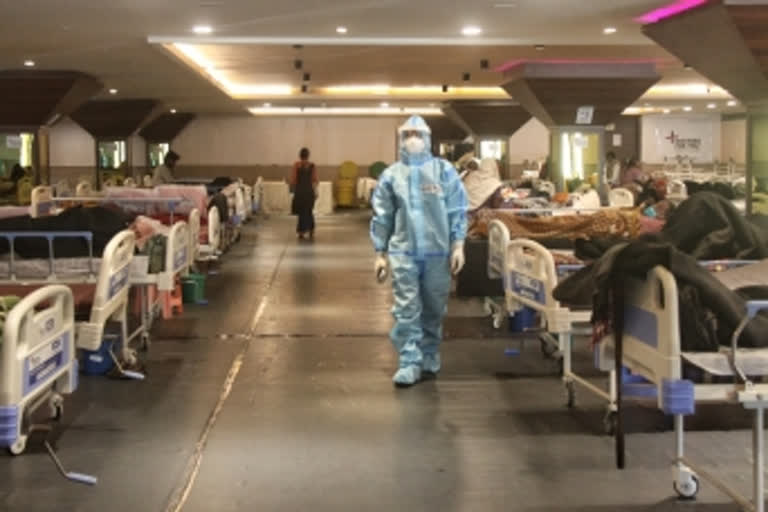New Delhi: The second wave of the coronavirus pandemic in India is different from the first one in September 2020 as the rate of increase in new cases is significantly higher.
The Lancet Covid-19 Commission India Task Force said in a report that the increase from 10,000 to 80,000 new cases per day from February to April took place in less than 40 days.
Last September, this journey took 83 days.
The second differentiator is that many more of the cases testing positive are asymptomatic or mildly symptomatic, resulting in relatively low rates of hospitalisation and mortality.
The report said it is not entirely clear if the higher proportion of asymptomatic cases are entirely due to better contact tracing (more family members, for example, being tested).
The overall Case Fatality Ratio (CFR) since the beginning of pandemic in March 2020 has been reported to be around 1.3 per cent, while the CFR among patients who have contracted the virus since the starting of 2021 is far less at 0.87 per cent.
READ: Less than 100 ICU beds vacant in Delhi hospitals, situation worsening every moment: Kejriwal
Provisionally, it appears that CFR appears to be lower in the second wave.
Yet, India is reporting 664 deaths per day across the country. Fatality numbers lag infection rates, and are likely to rise as infections surge, the report said.
